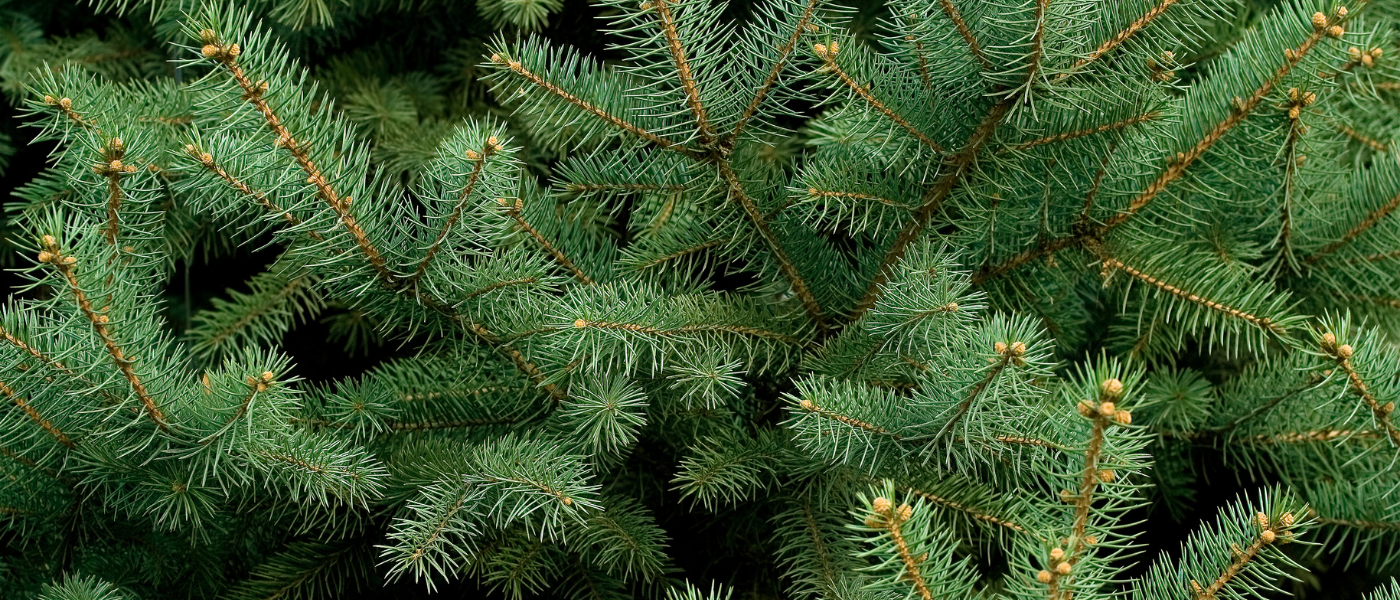Are My Pine Trees are Dead or Just Dormant?
Do you have majestic pine trees in your backyard that seem lifeless and unresponsive, leaving you wondering if they are truly dead or simply in a dormant state? Don't fret! Many homeowners struggle with identifying the precise condition of their pine trees, especially during the colder months when their foliage appears lackluster and unimpressive. In this educational and informative blog post, we will guide you through the telltale signs and subtle nuances that distinguish a genuinely deceased pine tree from one that is merely dormant, helping you make well-informed decisions about the care, nurturing, and overall maintenance of your beloved greenery. So, let's embark on a fascinating journey into the captivating world of pine trees and unlock the secrets to accurately identifying their true state, ensuring that your backyard remains a vibrant and thriving oasis of natural beauty throughout the year!

Examine the Needles and Branches
Pine trees, renowned for their striking green or gray-green needles, are instantly recognizable. Their majestic presence adds a touch of tranquility to any landscape. However, accurately determining whether a pine tree is alive or dead might take more than just a passing glance. As a rule of thumb, healthy pine trees have needles that are soft and can bend easily, showcasing their vitality and vigor. On the other hand, ailing trees usually have needles that are brittle and easily crumble when touched, indicating their decline in health.
While it can be difficult to identify the health of a tree from a distance, it is important to be careful around infirm trees, as decaying pine needles can fall off and create a hazardous situation, especially during storms or high winds. Being aware of these potential risks can help us navigate our surroundings with caution and ensure our safety.
Moreover, knowing how to examine a tree's needles and branches can extend our understanding of the natural world that surrounds us. By observing the intricacies of their foliage, we can gain insights into the overall health of the ecosystem and appreciate the delicate balance of nature.
So next time you come across a pine tree, take a moment to observe its needles and branches. It's a small act that can lead to a deeper connection with the natural beauty that thrives around us.
Check for Growth
When it comes to trees, one important way to assess their health is by checking for growth at the ends of branches. The presence of new needles or leaves indicates a thriving tree, while a lack of growth may suggest that the tree is dead or dying. However, before you start worrying, it's worth noting that some trees go dormant during the winter months. While they may not show new growth during this time, they often burst forth with new buds and foliage come spring. By attentively observing for signs of new growth, you can actively contribute to the long-term health and strength of your trees, ensuring they flourish throughout the changing seasons.
Observe Bark
Observing the bark of a tree can provide valuable insights into its overall health and condition. When you come across a tree with peeling or cracked bark, or even wood that has become soft to the touch, these are usually indications that the tree has reached the end of its life cycle. This observation is not limited to pine trees alone; it holds true for all types of trees.
However, on the other hand, live pines boast tight, solid bark that serves as a protective shield for the tree. By familiarizing yourself with the various types of bark and their respective characteristics, you can develop a profound appreciation for the life energy that resides within each tree. It is truly awe-inspiring to contemplate the vast amount of information we can gather simply by immersing ourselves in the wonders of the natural world. So, take a moment to pause, observe, and marvel at the intricate details and stories that the bark of a tree can reveal.
Test for Moisture
When it comes to testing for moisture in plants, understanding their physical properties can be a helpful guide. One method is to take a pine branch, preferably from the lower part of the plant, and carefully peel back the bark. By inspecting the color and texture of the cambium layer underneath, which is responsible for carrying nutrients throughout the plant, you can determine whether the plant is alive and thriving or perhaps on its way out.
If you see a vibrant green layer, indicating a healthy and actively growing cambium, then you're in luck – that means that the plant is still alive and well. This suggests that the plant has sufficient moisture and is capable of taking up water and nutrients from its environment. However, if the cambium layer is a dull brown in color and feels dry to the touch, then it's likely the plant has already perished or is very close to doing so. This could indicate a lack of moisture, causing the plant's cells to shrink and ultimately leading to its demise.
This is just one technique for examining plant health, and it can be a vital tool for gardeners, horticulturists, and growers alike. By closely observing the physical indicators of moisture and vitality in plants, individuals can make informed decisions about watering, fertilization, and overall plant care.
Check the Root Crown
One of the most crucial steps in maintaining a healthy tree is by thoroughly examining its root crown. Gently excavate the soil around the base and carefully observe the color and moisture levels of the roots. Healthy roots, which are essential for the tree's vitality, are typically black or dark brown, exhibiting signs of moisture. These vibrant roots serve as an indication that the tree is alive and thriving. However, if you happen to discover that the roots are dry and brittle, it is a clear indication that the tree has unfortunately perished. By devoting time to meticulously inspecting the root crown, you can effectively contribute to the overall well-being and longevity of your precious trees for many years to come.
Monitor Overtime
As winter gradually fades away and spring starts to unfold its vibrant beauty, it becomes an opportune time to direct our attention towards the trees that surround us. Monitoring their condition over time becomes crucial, particularly if we seek to understand the health status of these resilient beings after enduring the harsh winter months. The key lies in observing the subtle signs of renewal - the buds slowly swelling, the needles gracefully greening up on the branches. It is important to note that the absence of growth within a few weeks may serve as a telltale sign that the tree might have succumbed to the harshness of winter. By remaining vigilant and attuned to these changes, we can accurately assess the overall health and vitality of these arboreal wonders. So, let us embark on a tranquil walk through the park or our own backyard, allowing ourselves to marvel at the unfolding growth of our beloved trees. There is simply nothing quite like the sight of a healthy green canopy, casting its welcoming shade on a pleasantly warm day, inviting us to bask in the beauty of nature's resilience.
Conclusion
In conclusion, understanding the signs of a dead or dormant pine tree is essential for any homeowner or gardener. By examining the needles and branches, checking for growth and monitoring the bark, you can gain valuable insights into the health of your trees. Additionally, testing for moisture and regularly observing the root crown is crucial in determining if your pine trees require intervention or if they are just going through a natural dormant stage. It's always better to stay informed and assess the situation accurately before making any decisions. Through our extensive knowledge and experience, we hope this blog post has helped you in identifying the status of your pine trees. We would be happy to assist you in maintaining a healthy and thriving landscape! With proper care and attention, your pine trees will continue to provide beauty and benefits for years to come.
You might also like
Athens Tree Care Blog

Book a Service Today
We will get back to you as soon as possible
Please try again later
We're available
- Mon - Sun
- Open 24 Hours
This website is for lead generation purposes only


